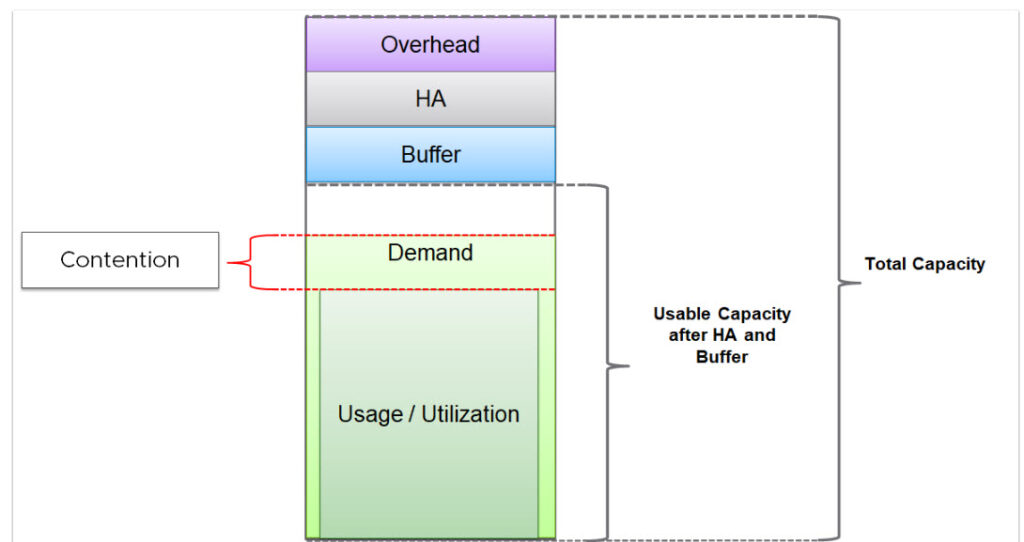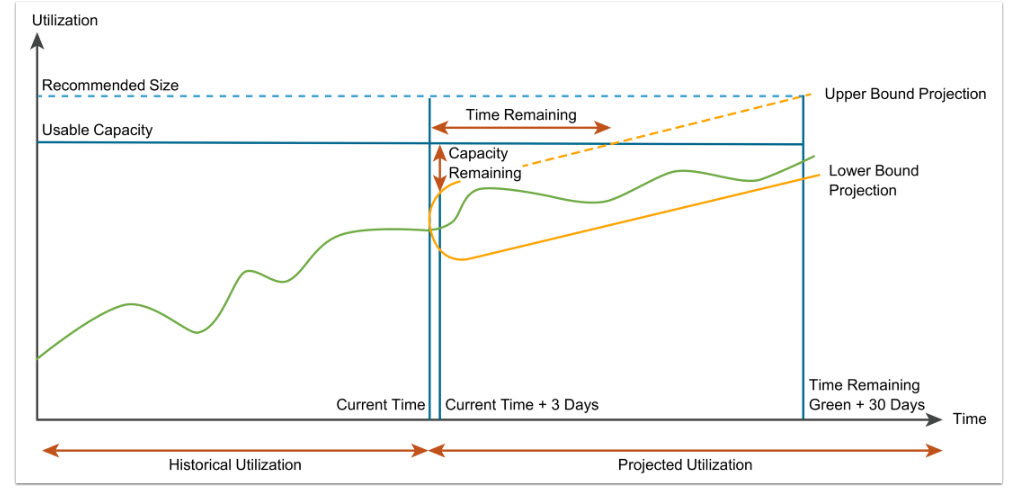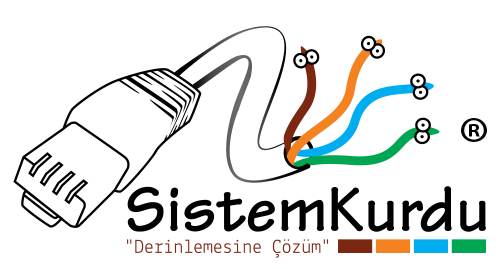VCF (VMware Cloud Foundation) Operations Capacity Definitions is a concept that describes how operational capacity is defined, monitored, and managed within the VMware Cloud Foundation infrastructure. It integrates specifically with Aria Operations (formerly vRealize Operations) to plan capacity for infrastructure resources (CPU, RAM, disk, network, etc.) and set operational limits.

Picture-1
VCF Operations Capacity Definitions are based on the following concepts:
1* Usable Capacity:
It is the total amount of resources that can be obtained from the physical infrastructure (compute, storage, network).
HA (High Availability) on hardware is calculated by deducting overhead and reservations.
For example: If the total CPU capacity in a VCF Workload Domain with 4 nodes is 400 GHz, and 25% HA reservation is applied, the usable capacity will be 300 GHz.
2* Demand
is the instantaneous resource consumption used by virtual machines (VMs) or workloads.
Real-time performance metrics such as CPU Ready, Memory Active, Storage IOPS are taken into account.
3* Stress (Strain Level)
Indicates how intensively resources are used.
If it is close to 100%, capacity is critical and additional resources may need to be added or workload distribution may be required.
4* Headroom (Empty Capacity)
It is the remaining empty capacity after current usage, deducted from the usable capacity.
It is an important indicator for future growth in capacity planning.
5* Capacity Thresholds Thresholds
are set for operational alarms (e.g., give a warning if CPU usage exceeds 80%).
VCF Operations provides automatic alerts and recommendations with these thresholds.

Picture-2
Conservative Risk Level
Capacity calculations in Aria Operations can be adjusted based on the desired risk level, allowing for customization of the level of prudence in capacity planning. Capacity calculations with a prudent risk level prioritize stability by focusing on leaving sufficient resources for future growth and potential demand increases. This setting takes a more conservative approach, allowing for more headroom and safety in resource allocations. However, this approach can lead to lower consolidation ratios and higher resource costs.
The conservative risk level can usually be changed via capacity planning or policy settings . Here, you can specify how conservative you want to be in capacity planning.
Upper Bound / Lower Bound Projection:
Upper Bound and Lower Bound are concepts used to predict future values or trends.
The capacity engine projects future workloads within a range.
Capacity calculations are made based on remaining time and risk level:
At the conservative risk level , the capacity engine takes the Upper Bound Projection into account.
At the Aggressive risk level , the capacity engine considers the average of the Upper Bound and Lower Bound Projections.











